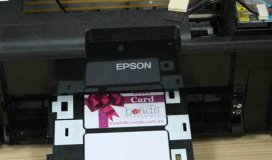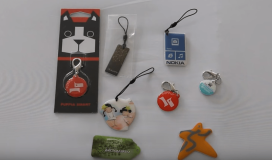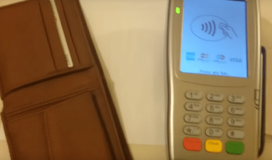If you watch the trailer for the new James Bond movie, Skyfall, at its official Web site, you will see, approximately 50 seconds into the promo, Major Boothroyd (Q) presenting Bond with a smart gun. "It's been coded to your palm print, " Q explains, "so only you can fire it. "
The problem with fingerprint, palm print and other biometric approaches to preventing guns from being fired by those not authorized to do so is that it takes time to analyze biometric data. So while the weapon is attempting to figure out whether it is Bond or someone else holding the trigger, he'd likely be shot dead, which would be a real setback to the 23-movie franchise—not to mention Q's reputation.
Radio frequency identification, however, holds promise for smart guns. In the January-February 2012 issue of RFID Journal magazine, we published an article about a company called TriggerSmart, based in Limerick, Ireland, that has embedded a tiny high-frequency (HF) RFID reader module in the handle of a pistol (see Keeping Guns Out of the Wrong Hands). The gun owner is issued a passive HF transponder—which could be located in a ring or a wristband—that communicates with the reader. The instant the interrogator receives the correct ID number from the HF transponder, the safety disengages and the gun can be fired.
Gun enthusiast Patrick O' Shaughnessy and his friend, Robert McNamara, came up with the concept after exploring a number of biometric options that failed to pan out. The two have worked with researchers from Georgia Tech Ireland—an offshoot of the Georgia Institute of Technology, in Atlanta—to develop a prototype that works well in the lab. "The safety is disengaged the moment you bring the transponder near the gun, " McNamara states.
You can watch a video of the TriggerSmart gun on YouTube (see TriggerSmart Childproof RFID Smart Gun). If the script writers had seen this video, Q might have embedded RFID technology in Bond's weapon. Oh, well.
(Bond movies have gotten RFID technology wrong before, of course. In Casino Royale, Bond was supposedly tracked from long distances via a subdermal RFID transponder, despite the fact that there is no way a short-range passive RFID transponder would function as a real-time location device. See RFID Goes Hollywood. )#).



